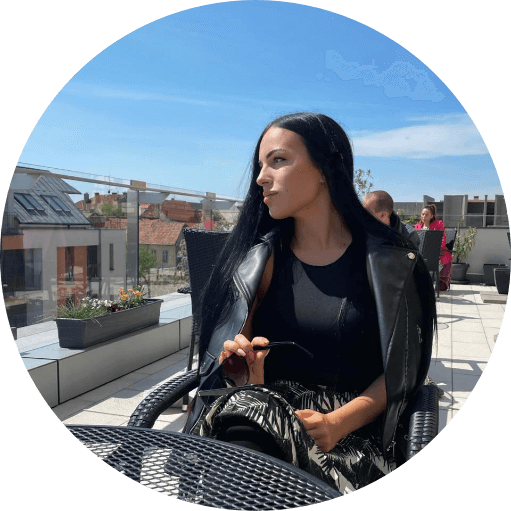In old age, pregnancy, hormonal changes or after excessive sunbathing, pigmented “age spots” may appear on your face and hands. With effective treatment, it is possible to significantly reduce or eliminate them. The ideal time for treatment is autumn and winter.
Pigmentations appear on the skin when the pigmentation mechanism is disturbed by increased melanin production. If melanin appears in excessive amounts, it is not evenly distributed over the surface of the skin, it accumulates in some places and this leads to the formation of unaesthetic and unpleasant pigment spots. This problem often occurs in pregnancy – a consequence of hormonal changes, when taking hormonal contraceptives, thyroid diseases, excessive sunbathing without sufficient UV protection factor, and the natural occurrence of pigment spots at an older age.
Pigmentation can occur on the skin all over the body, but most commonly on the face, neck, décolletage and backs of the hands.
For the treatment of pigmentation spots we use several methods in our clinic – starting with chemical peels, through the treatment of pigmentation with mesotherapy with a special mixture of drugs aimed at harmonizing the color tone and removing pigmentation, treatment of pigmentation spots with intense pulsed light (IPL), up to the treatment of keratotic pigmentation with a microfractional CO2 laser.
Chemical peeling removes the top layer of damaged skin layers. Within a few treatments we achieve softening, colour unification and improvement of the skin’s appearance, reduction of pores, reduction of oiliness and thus prevention of acne formation. Several types of active ingredients are used for skin treatment. Following the consultation, the doctor will recommend the most suitable solution for you.
Cryotherapy – liquid nitrogen therapy. This method is suitable for sporadic age pigment spots. It is repeated several times.
IPL – the procedure uses light of a precisely defined wavelength to destroy pigment cells. The procedure itself takes a few minutes, you can feel a faint pinch of the rubber band. The pigmentation darkens after the procedure and disappears after three to four weeks. Depending on the depth and intensity of pigmentation, the procedure must be repeated.
Laser – we use microfractionated CO2 laser during the treatment. During the treatment, small crusts are formed at the treatment site, which are gradually removed over the next 7 days. Depending on the depth and intensity of pigmentation, the procedure must be repeated. To maintain a long-lasting effect, it is recommended to use quality sunscreens with high UV filters and avoid intense sun exposure.
Mesotrapia is designed to treat pigmentation, removes blemishes and unifies skin tone (a mixture of ascorbic acid, pyruvic acid, phytic acid, kojic acid). It is designed for skin with blemishes, non-uniform skin after menopause, dull skin without brightness.
Subablative fractional radiofrequency (SFR) – depth-controlled epidermal fractional ablation, with simultaneous delivery of heat deep into the subcutaneous layer (dermis). Subablative fractional radiofrequency therapy is used to treat the signs of skin aging. Since this therapy does not use light-based technologies, the treatment is suitable for all skin types. It is therefore possible to treat people with a darker phototype or with a light tan where laser therapy cannot be used. The treatment is used to rejuvenate the face, neck, décolletage and hands. The treatment is used for pigmentation removal, face and body lifting, wrinkle reduction or pore tightening.

























